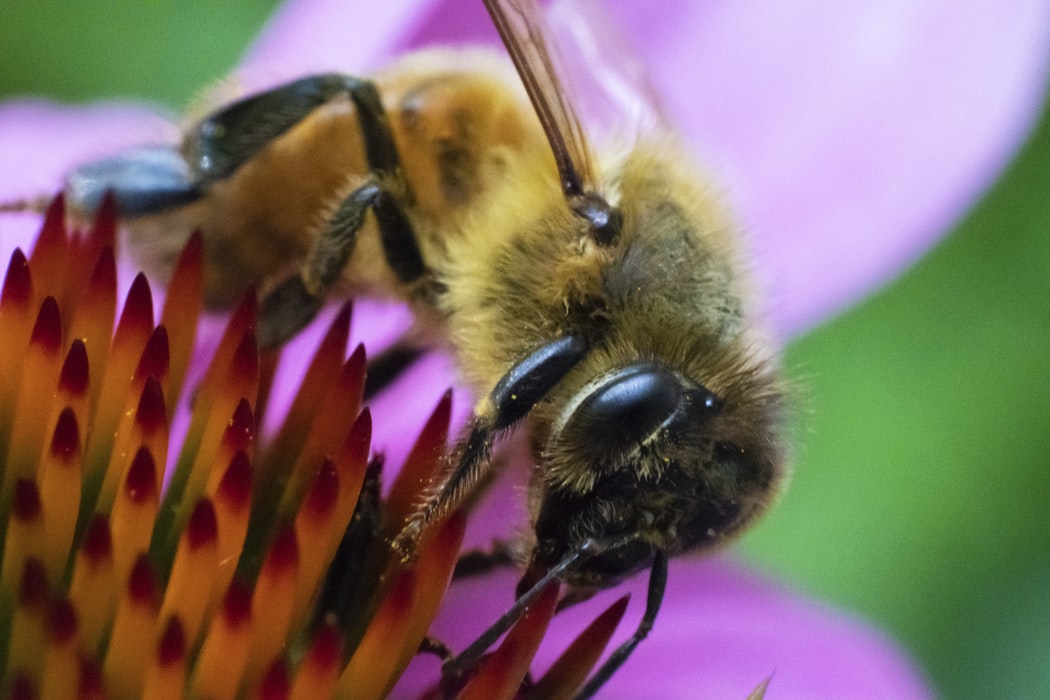
Over the past 30 years, there has been a global decrease in the number of insects on land, but there is ongoing recovery in fresh waters.
An analysis of long-term insect abundance studies shows that the number of terrestrial insects in the world is declining. On average, the global decline is 0.92% per year, which corresponds to approximately 24% over 30 years. At the same time, the number of insects living in fresh water increases annually by an average of 1.08%. Despite the average values, the trends on different continents vary greatly, and in areas where human exposure is minimized, trends are less pronounced. These are the results of the largest study to date on the change in the number of insects, including 1,676 research points around the world, published in the journal Science. The study was conducted by scientists from the German Center for Integrative Biodiversity Research (iDiv), the University of Leipzig (UL), and the A.N. Severtsov Institute of Ecology and Evolution (RAS), Moscow State University and several other organizations. It fills key gaps in knowledge in the context of the widely discussed issue of reducing insect numbers.
Over the past few years, a series of studies have been published showing a sharp decrease in insect numbers over time. The most depressing data from nature reserves in Germany showed a significant decrease in the biomass of flying insects (a 75% decrease over 27 years). This study was published in 2017 and caused a media storm, suggesting the widespread “insect apocalypse.” Since then, there have been several publications from different places around the world, most of which show a strong decline, and some, on the contrary, an increase in the number of insects. But so far no one has summarized the available data on insect abundance trends across the globe to find out how widespread and serious the decrease in insect numbers is.
An international team of scientists joined forces to collect data from 166 long-term studies conducted in 1676 locations around the world between 1925 and 2018 to study insect abundance trends (number of individuals, not species). A comprehensive analysis revealed significant differences in trends even among nearby research areas. For example, in countries where a lot of insect surveys were conducted, such as Germany, the UK and the USA, there was a decrease in some places, while in other fairly close areas there was no change or even increase. However, when trends around the world were combined, researchers were able to evaluate how the total number of insects varied on average over time. They found that for terrestrial insects (insects that spend their entire lives on land, such as butterflies, grasshoppers and ants) in general, the average decrease was 0.92% per year.
The first author of the article, Dr. Rule van Klink, a scientist from iDiv and UL, said: “0.92% may not seem like such a big indicator, but in reality this means that the number of insects will decrease by 30% in 30 years and by 50% in 75 years. The destruction of insects occurs in a quiet way, and we do not take notice of the changes that occur within a year or two. " Insect eradication has been most severe in parts of the USA (West and Midwest) and in Europe, especially in Germany. In Europe as a whole, trends have on average become more negative since 2005.
Reporting the “extinction of insects”, the media often refer to the “windshield phenomenon”: people say that now there are less insect traces on the windshields of their cars than several decades ago. A new study confirms this observation, at least on average. Study co-author K.B. Gongalsky, a scientist from IPEE RAS and Moscow State University, said: “Many insects can fly, and these are the ones that crash into the windshields of cars. Our analysis shows that the number of flying insects has, in actuality, decreased. However, most insects are less noticeable and live outside our field of vision - in the soil, in the crowns of trees or in the water. ” This study also analyzed data from many hidden habitats. On average, fewer insects live in grass and soil today than in the past, same as the flying insects. On the contrary, the number of insects living in the crowns of the trees, on average, remained unchanged.
At the same time, studies of insects that spend part of their lives in water, such as midges or mayflies, showed an average annual increase of 1.08%. This corresponds to an increase of 38% over 30 years. The positive trend was especially strong in Northern Europe, in the western United States and since the beginning of the 1990s in Russia. The authors suggest that the changes observed in Russia are associated with a decrease in the scale of industrial production. R. van Klink says: “These numbers show that we can reverse negative trends. Over the past 50 years, a number of steps have been taken to clean our polluted rivers and lakes in many places around the world. Perhaps this allowed the restoration of many populations of freshwater insects. This gives us hope that we will be able to reverse the declining trend in their populations. ”
Although scientists were unable to identify the causes of the observed trends, negative or positive, they were able to provide several possible explanations. Most importantly, the destruction of the natural habitats, especially as a result of urbanization, is associated with a reduction in the number of terrestrial insects.
van Klink R., Bowler D.E., Gongalsky K.B., Swengel A.B., Gentile A., Chase J.M. Meta-analysis reveals declines in terrestrial but increases in freshwater insect abundances // Science. 2020. Vol. 368, Issue 6489, pp. 417-420.
DOI: 10.1126/science.aax9931

